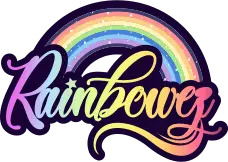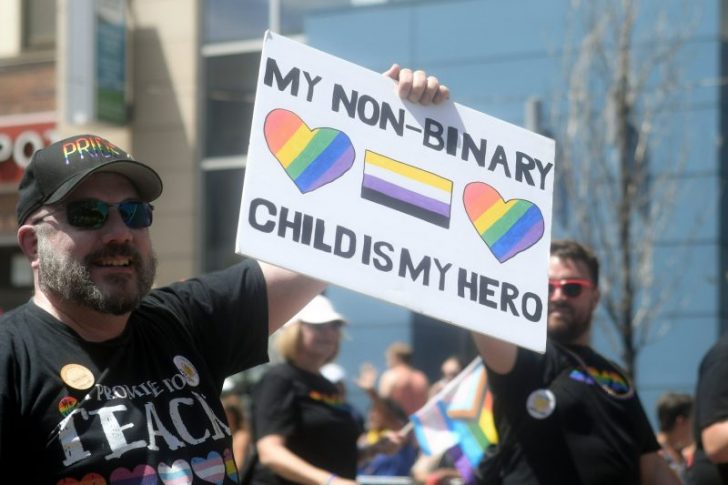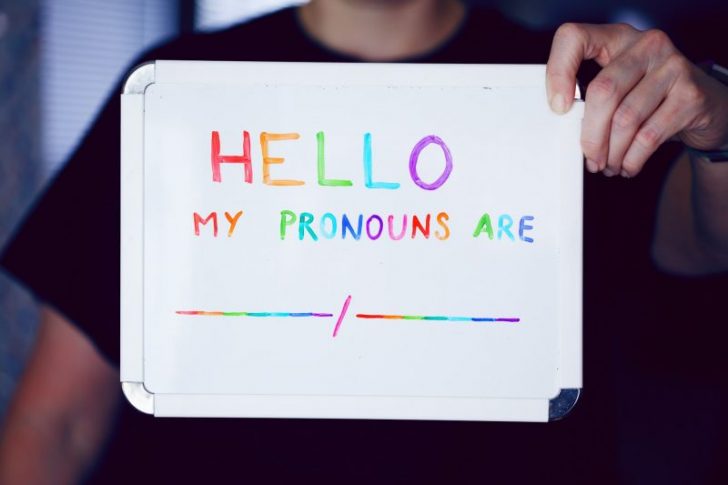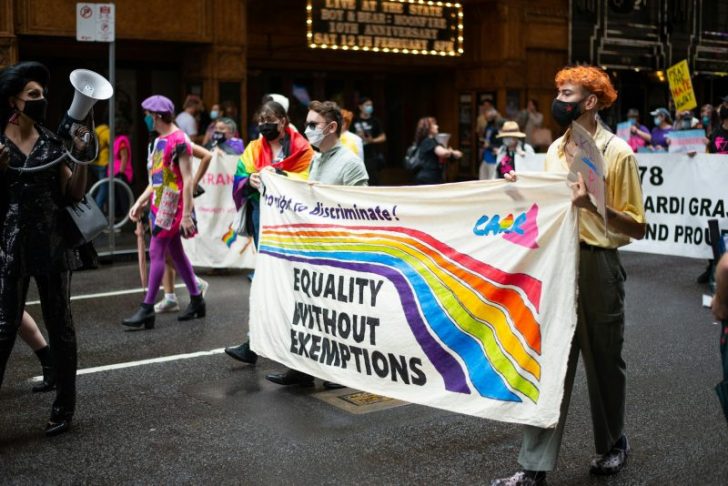Navigating the evolving landscape of gender identity is like embarking on an uncharted journey into the heart of human identity itself. It challenges the traditional binary view of gender, opening up a world where the spectrum of identity is as diverse as humanity. This exploration isn't just about political correctness; it's a deeper, more compassionate understanding of the myriad ways people experience their own existence. At its core, this journey is about seeing and respecting each person's unique sense of self. This guide offers the ins and outs of gender non-conformity and non-binary identities.
Unpacking Gender Identity
So, gender identity—what's the deal? Think of it as the personal sense of who you are on the gender spectrum. It's not about the physical bits you were born with but how you feel inside. Picture gender as a vast landscape rather than just two boxes labeled "men" and "women." Some folks feel right at home in one of those boxes (cisgender), while others find their spot somewhere else on the map (transgender, non-binary, etc.). It's all about finding where you fit best.
The Emergence of Non-Binary and Gender Non-Conforming Identities
Here's where things get even more colorful. Non-binary and gender non-conforming peeps don't see themselves strictly as "male" or "female." Imagine if life were a giant ice cream shop, but you only ever saw two flavors. Non-binary folks are here to remind us that there are more flavors than we were taught to recognize. Their identities help us understand that the gender spectrum is richer and more varied than just chocolate and vanilla.
Navigating Gender Transition and Dysphoria
Transitioning is a deeply personal journey that some transgender and non-binary individuals embark on to align their outer world with their inner truth. This can involve changing names, pronouns, appearance, or even pursuing medical procedures. It's like redecorating your house so that it finally feels like a home that reflects who you indeed are. Gender dysphoria, on the other hand, is the distress that comes from feeling a mismatch between your gender identity and your body. It's a tough battle, but understanding and support can make a world of difference.
The Role of Language and Pronouns
Words are powerful. Using the right pronouns and names for someone is like playing their favorite song—it shows you see them and respect their identity. It's a simple act that can make someone's day or even change their life. If you slip up? Apologize and keep trying. It's the effort that counts.
Challenges and Misconceptions
Life outside the gender norms isn't always a walk in the park. Non-binary and gender non-conforming folks often face misunderstandings, stereotypes, and outright discrimination. It's like being a left-handed person in a world designed for right-handers—many things aren't made with you in mind. Breaking down these barriers starts with us: learning, listening, and speaking up against injustice.
Allyship and Support
Being an ally isn't about being perfect; it's about being present and pushing for progress. Listen to the stories of non-binary and transgender people, educate yourself, and use your voice (and vote) to support policies that protect everyone, regardless of gender. Allyship is about showing up, even when it's hard, especially when it's hard.
Conclusion: Moving Forward
The conversation about gender is ever-evolving, just like our understanding of the universe. The more we learn, the more we realize how much we don't know. But that's the beauty of it. Every step towards inclusivity, every effort to understand and celebrate the diversity of human experience, brings us closer to a world where everyone can freely express who they are.








